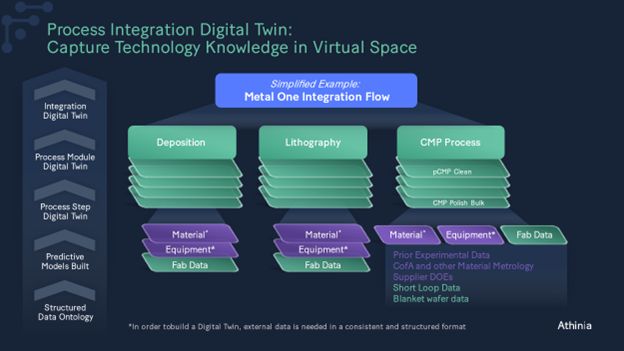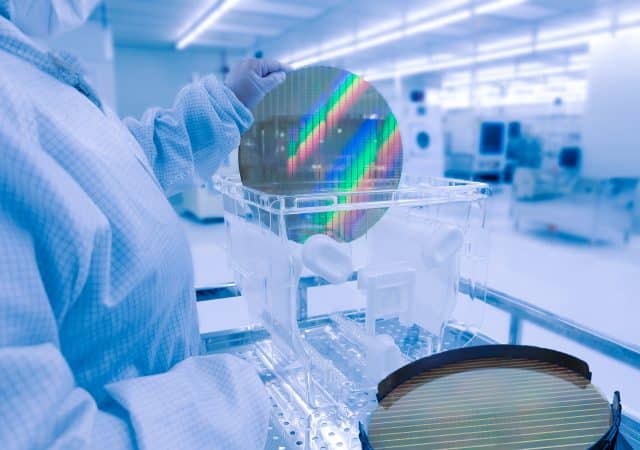Whether designing for passenger or commercial vehicles, engineers today must consider numerous complex, power-hungry systems and features that not only meet consumer and commercial demand but are also highly efficient, durable and safe.
The Shape of Tomorrow’s Semiconductor Technology
The theme of the 70th annual IEEE IEDM was “Shaping Tomorrow’s Semiconductor Technology.” Read about the latest advances in logic, memory, high frequency and power devices, and more.
Chaos, AI and the AMHS: An Update on Semiconductor Front-end Fab Logistics
Nonlinearity of AMHS models will present difficulties for oncoming AI applications.
Four Steps for Semiconductor Companies to Unlock the Value of Digital Twins
In semiconductors, digital twins can be used to introduce a new material into a technology node or utilized to replicate that material, and device performance from one fab to another.
Majorana 1: A New Quantum Chip
Microsoft researchers said topoconductors are a revolutionary class of materials that enables them to create topological superconductivity, a new state of matter that previously existed only in theory.
Green Manufacturing: A Strategic Imperative for Environmental Sustainability
The essential areas companies need to focus on to demonstrate their commitment to green manufacturing and underscores the benefits of this approach are examined.
The Specialization Trap: Overcoming the Limitations of GPUs and AI Accelerators
While specialized hardware certainly has its role, the future of computing must go beyond narrow optimizations and encompass a more holistic approach for a diverse range of applications.
Smart Medical Devices: Connectivity Matters
Different connectivity options in three key functional elements of a remote patient monitoring device are evaluated to see which technology offers the most benefit to its users.
How Advanced Environmental Monitoring Optimizes Semiconductor Manufacturing
Just slight variations from optimal environmental conditions can result in defective chips or batch failures, causing significant delays and financial setbacks.
Advancing Semiconductor Manufacturing with Innovative Pedestal Heating
The role of pedestal heating in maintaining precise temperatures cannot be overstated, and recent technological advancements are pushing the boundaries of what these critical components can achieve.





